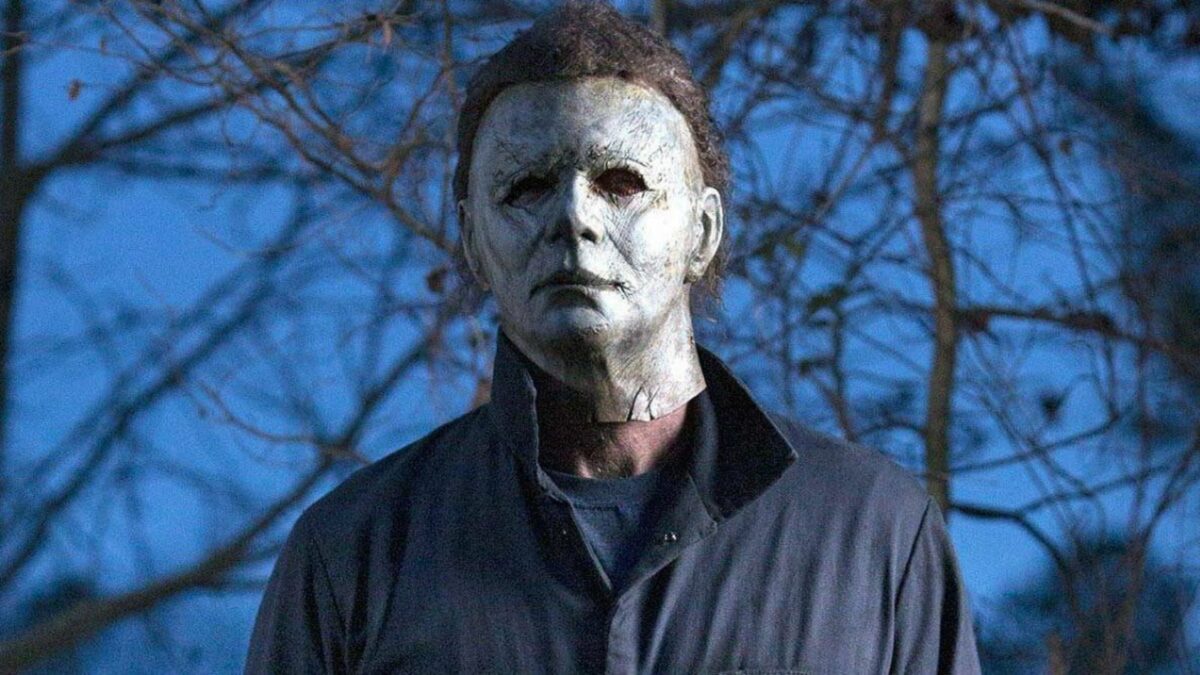The horror-loving masses are undoubtedly synonymous with horror villain Michael Myers — the immortal figure that sends wavelengths of destruction annually on Halloween night. From lore-inspired tattoos to inclusion in various video games, both fan-made and publicly produced, The Shape has easily established his unmovable legacy as one of the most profitable and perceptible horror villains in the mainstay genre.
Without a doubt, Michael’s influence has stretched far beyond John Carpenter’s 1978 original and entered into various timelines, many of which retcon other franchise sequels. On the surface, Michael is a ruthless, cold-blooded murderer with a thirst for destruction — although many horror junkies might actually be uneducated when it comes to the truth of Michael’s often concealed past.
Across thirteen films in the long-standing Halloween franchise, Michael Myers has consistently stalked, tormented, and brutalized a large collection of members in the Haddonfield, Illinois community. Officially introduced in Halloween (1978), Michael Myers became known as a vicious psychopath with an intent on killing members of his own family — which eventually spawned an ever-popular rivalry with his younger adopted sister, Laurie Strode (Jamie Lee Curtis).
With the franchise expected to reach an impending hiatus after the release of Halloween Ends this week, it remains to be seen when and where the future of Michael Myers will continue. For now, let’s explore the spine-tingling events within Michael Myers’ extraordinary existence, starting from the very beginning.
Michael Myers murders his older sister Judith on Halloween night in 1963
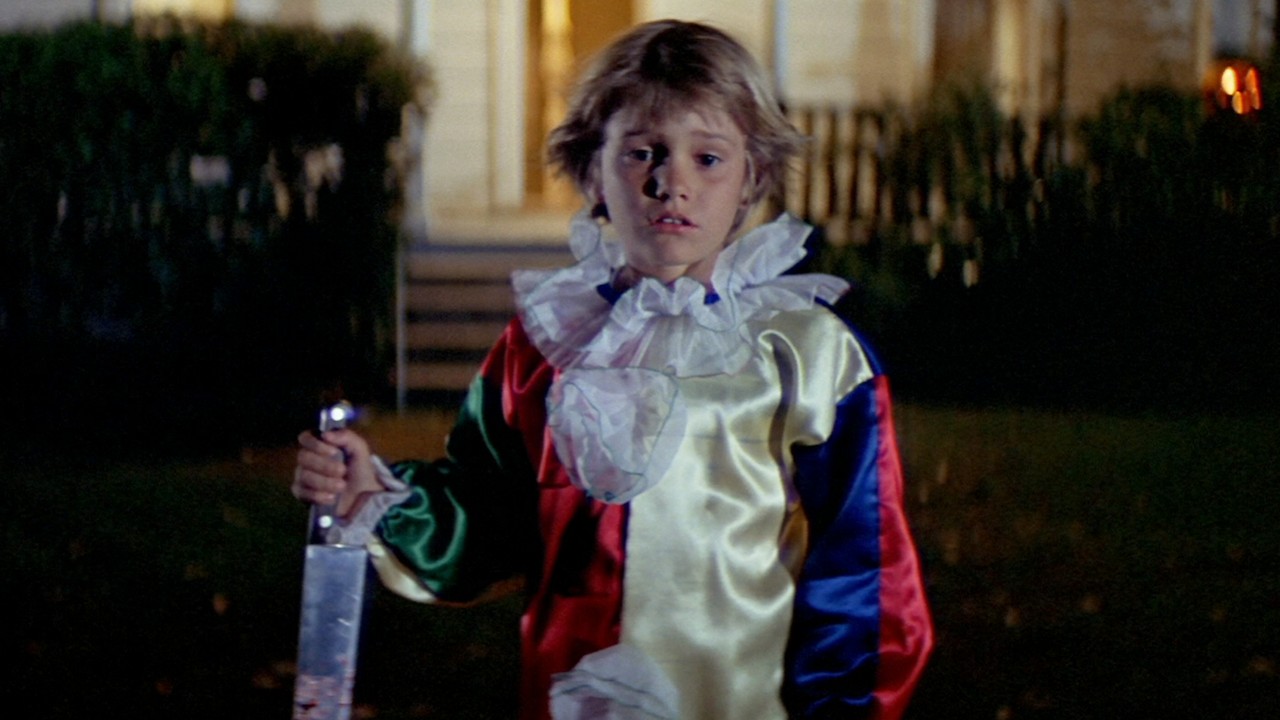
Unsurprisingly, the bone-chilling opening sequence in John Carpenter’s 1978 masterpiece is the audience’s initial introduction to The Shape. In the movie’s opening moments, the audience is presented with a POV shot as someone lurks on the outskirts of the Myers’ household. In the opening’s climax, eagle-eyed viewers are introduced to 6-year-old Michael Myers — who has just completed the shocking murder of his older sister Judith Myers. Despite being a young child, diehards were immediately introduced to Michael’s deeply rooted misery.
Michael is eventually sent away to Smith’s Grove Sanitarium
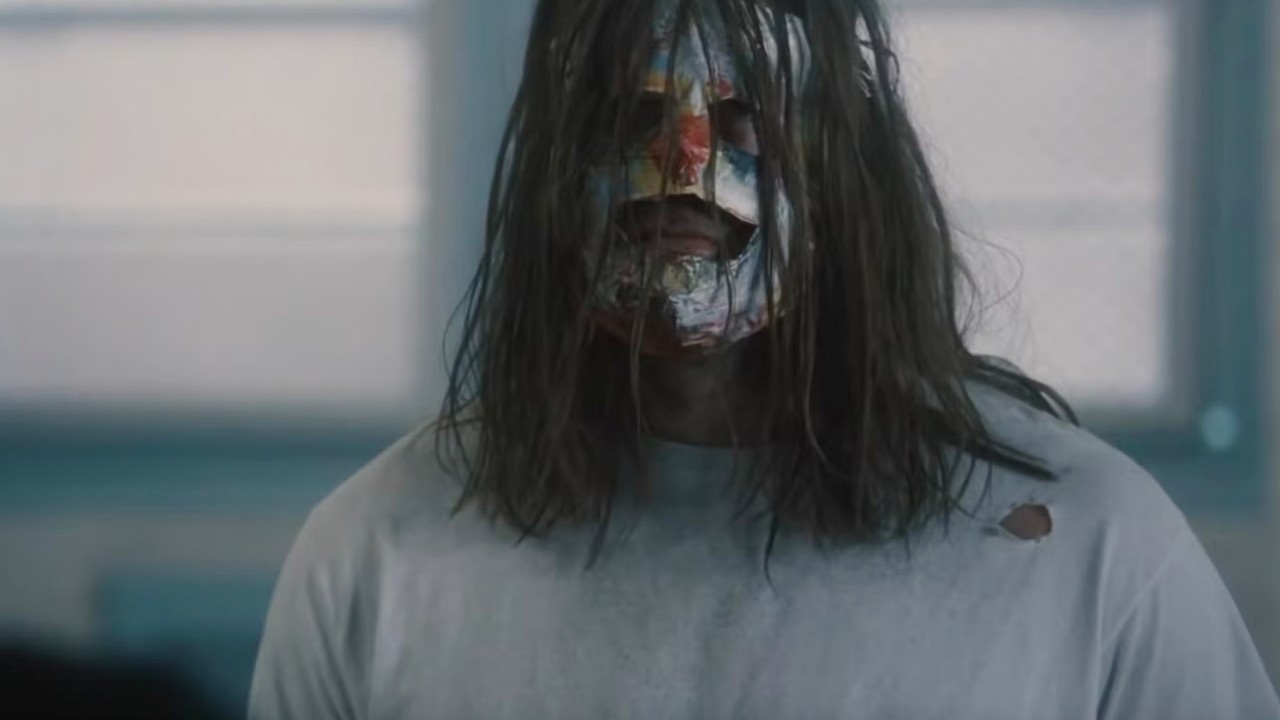
After Michael brutally murdered his sister in cold blood, Michael was discovered by his parents, who were at a party when the crime was committed. In the aftermath, Michael was sent away to Smith’s Grove Sanitarium, where he would spend his time in isolation until his 21st birthday. During his time at the institution, Michael had frequent visits with Dr. Sam Loomis — a child psychiatrist who took an interest in Michael’s case. Over time, Looms drew up the conclusion that Michael was “evil,” and that he should never be freed from psychiatric care.
Michael escapes from Smith’s Grove and returns to Haddonfield
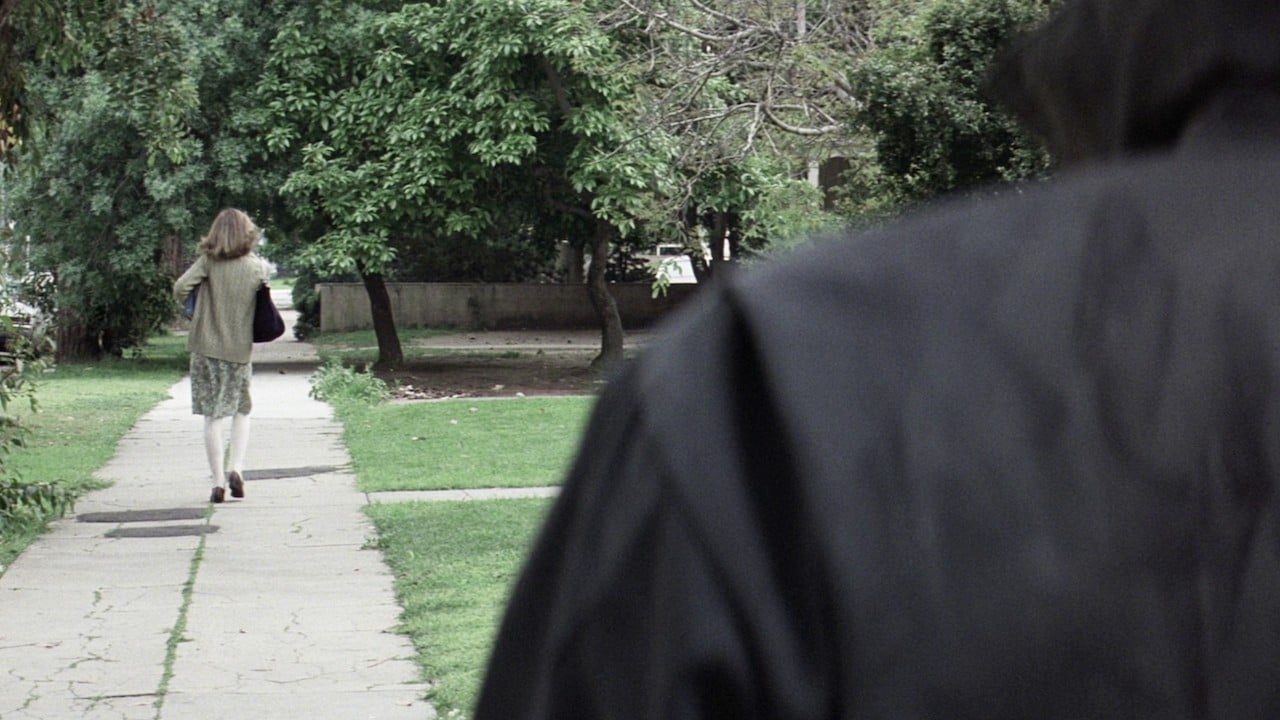
On the night before Halloween in 1978, Michael destroyed his room at Smith’s Grove, killed several hospital employees and attacked Sam Loomis and Nurse Marion Chambers — where he then stole their car and drove himself back to Haddonfield to hunt for his sister Laurie. When Michael finally reached Haddonfield, after killing a mechanic along the way and stealing his attire, he stalked Laurie and her friends while they were walking home for school. On Halloween night, Michael attempted to murder his sister, after having already murdered most of her friends. Much to the relief of Laurie, Michael was presumably shot and “killed” by Sam Loomis — although “evil” never truly dies.
Michael is presumably killed in a disastrous hospital fire
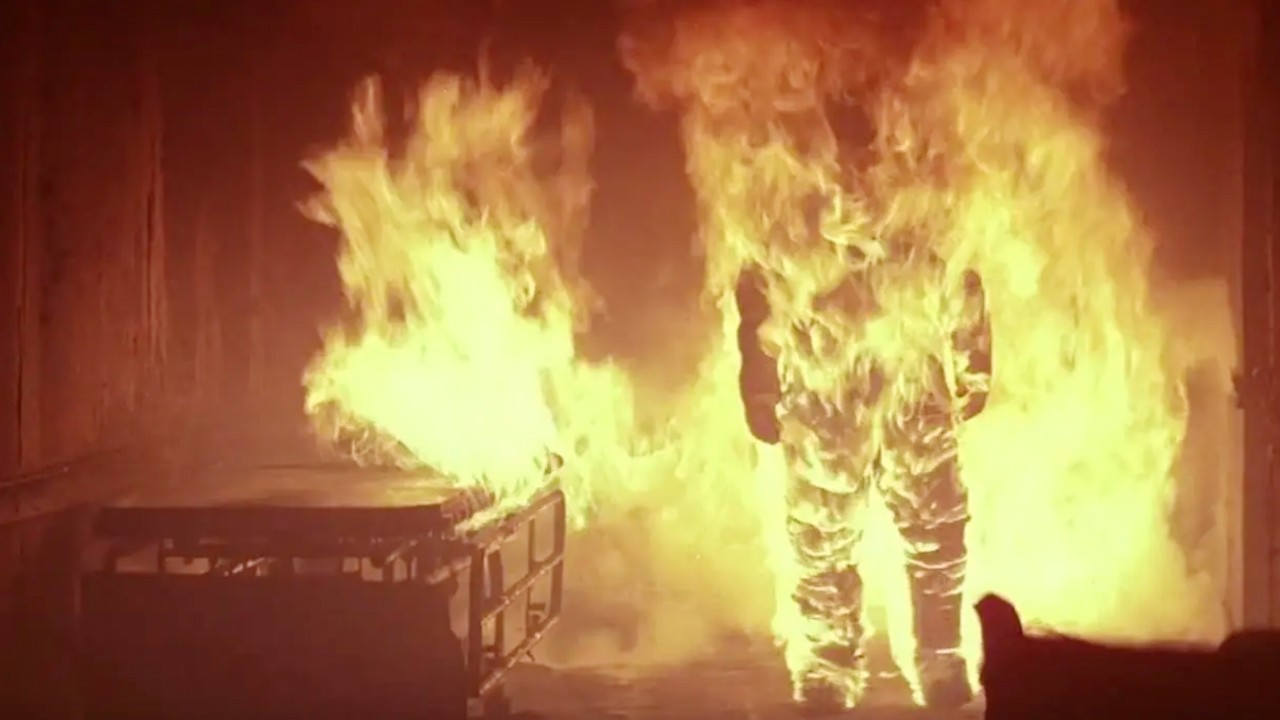
After attempting to recover from his vicious wounds, Michael returned later in the night, after Loomis had already taken Laurie Strode to a local hospital. Unbeknownst to the duo, Michael was still alive and running amok throughout the hospital. Eventually, Michael locates Laurie, and the two engage in a bone-chilling battle — which subsequently enlists the help of Dr. Loomis.
Amidst the chaos, Loomis learns the horrifying truth that Michael and Laurie are actually siblings, and that Laurie was adopted by the Strode family after her and Michael’s parents died in a tragic car accident. In the end, Loomis purposely causes an explosion to occur in the basement of the hospital, which seemingly kills Michael while Loomis and Laurie escape.
Michael is revealed to be cursed and hellbent on killing members of his family
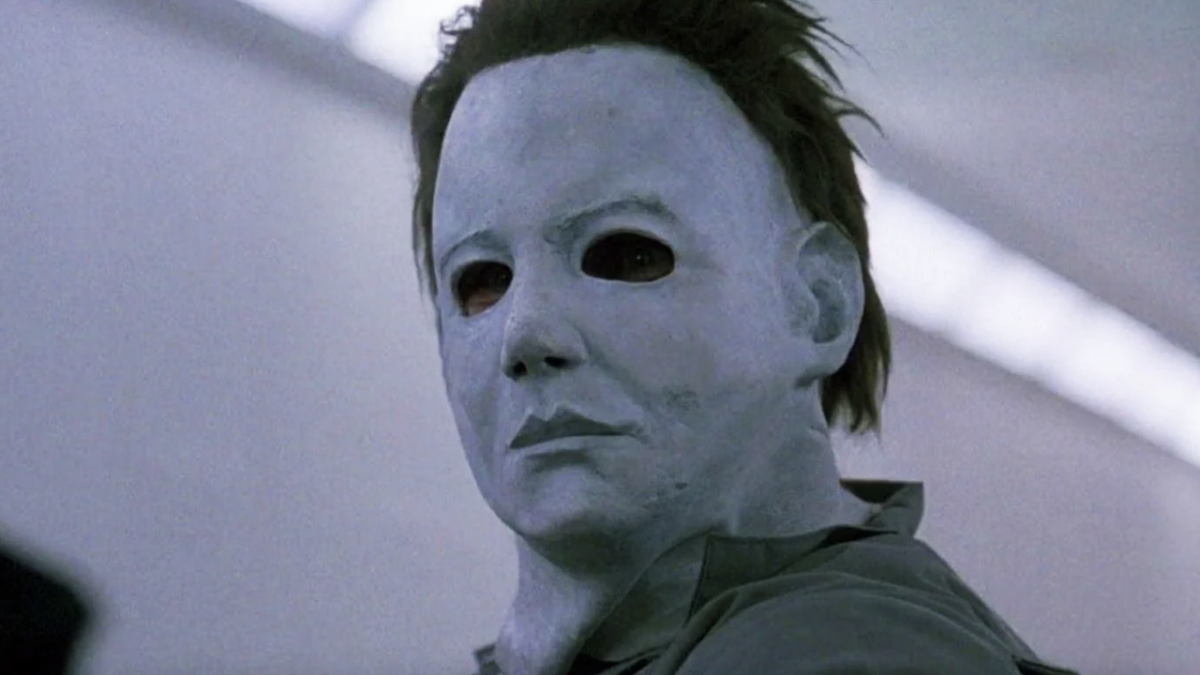
After Halloween III: Season of the Witch tanked at the box office, only after trying to create a separate narrative from the Michael Myers’ lore, the infamous villain was brought back in a series of sequels, which ditched the Laurie Strode character arc and instead focused on Michael’s niece Jamie Lloyd. In the fresh-faced sequels, Michael and Jamie are revealed to hold a special supernatural connection, where Jamie is able to experience premonitions of Michael’s vicious crimes. Eventually, Jamie adopts Michael’s powers and thirst for murder, although she is later murdered by her uncle.
In addition, the Halloween sequels introduce a Cult of Thorn storyline, which insists that Michael Myers had an ancient druid curse placed upon him at birth. According to the curse, it will only be lifted after Michael murders all members of his bloodline as a sacrifice. In doing so, Michael continues his purse to kill his niece, after having already tortured his sister years prior.
Michael stalks Laurie and her son John in California
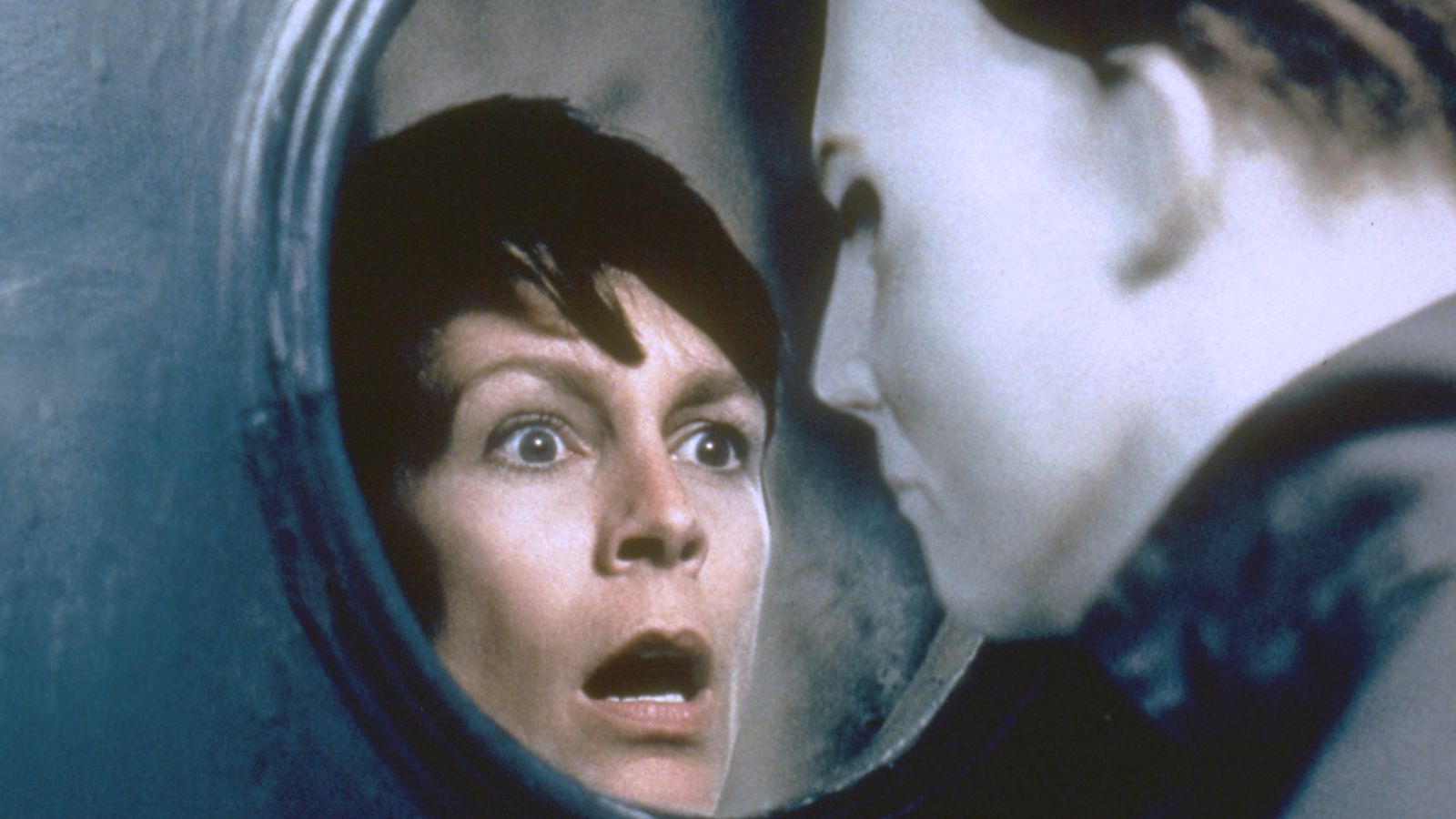
In 1998, Halloween H20: Twenty Years Later marked a refreshing return to the franchise, which aimed to ignore all of the lackluster sequels and focus on the events that occurred in the first two original Halloween films. In H20, Laurie Strode effectively changed her name after being placed into the Witness Protection Program. Under the alias Keri Tate, Strode lives with her teenage son John and serves as the Headmistress of a private boarding school in California.
Unfortunately, Michael eventually learns the true whereabouts of his sister and heads to California to finally accomplish her demise. The duo’s intense rivalry culminates in a vicious climax, where Laurie presumably kills Michael by decapitating him — although it’s revealed in Halloween: Resurrection that it wasn’t actually Michael Myers.
Michael continues his hunt for Laurie Strode in the updated trilogy
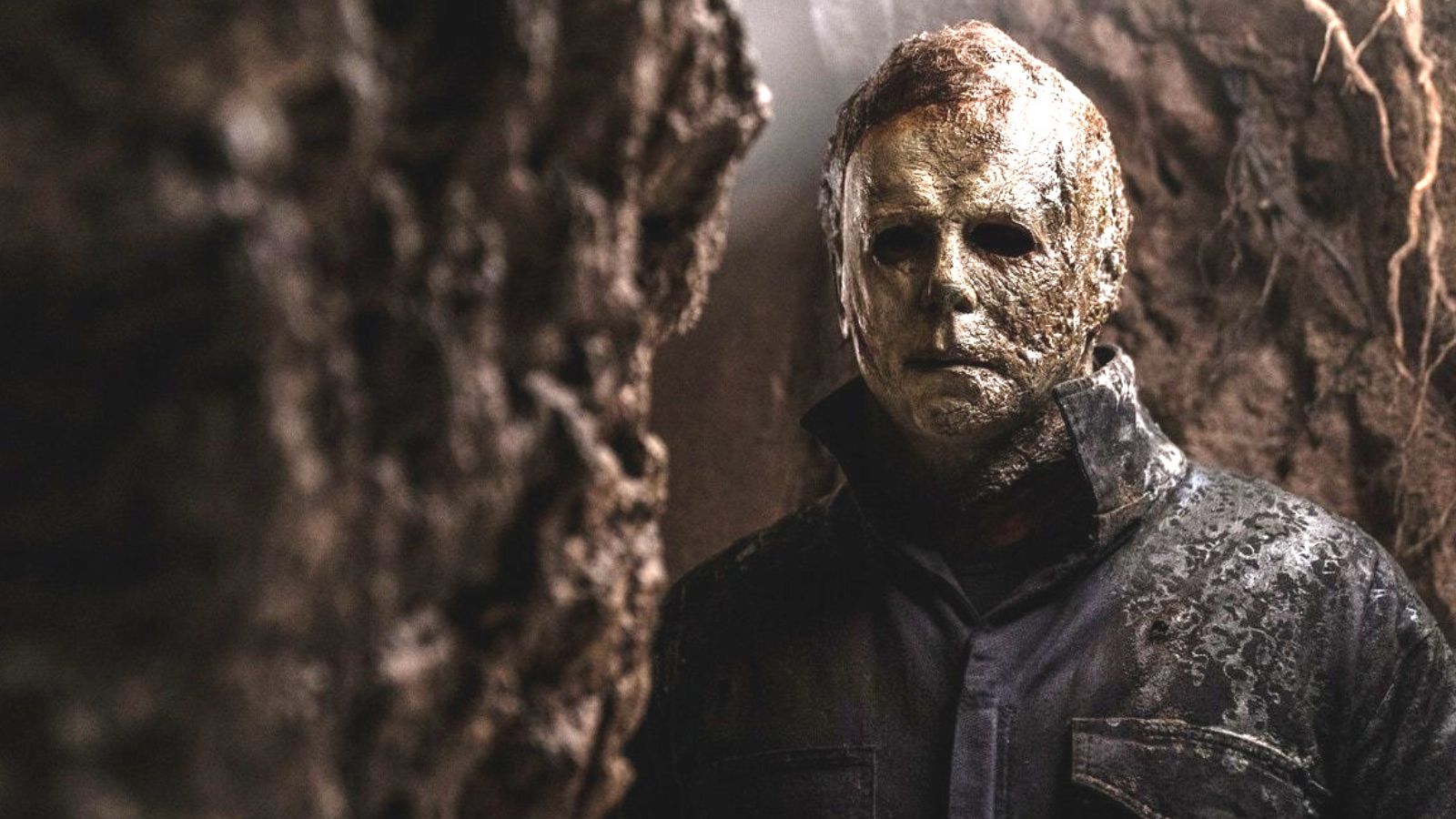
Without a doubt, David Gordon Green’s modern Halloween trilogy has successfully reinvigorated the franchise’s presence in the slasher sub-genre, which has simultaneously introduced an entirely new generation to the horror of Michael Myers. Unlike prior versions of Michael that appear less tame, this version of Michael is completely cold-hearted and unapologetically ruthless. In Halloween (2018), Michael appears to have been sitting in Smith’s Grove for most of his adult life, ever since the eye-watering events that took place in the 1978 original. As for Laurie Strode, she has been dealing with a tremendous amount of trauma, PTSD, and grief.
Eventually, Michael escapes after a horrific bus accident and sets his sights on the one thing that he has spent decades waiting for — to kill Laurie Strode. One of the most interesting differences in Green’s trilogy is that Michael and Laurie are not siblings, which means Michael is determined to hunt Laurie for no reason other than to simply kill people for sport. And with the trilogy coming to an end this week (Oct. 14) with the release of Halloween Ends, it’s unclear where the future of Halloween and Michael Myers will go from here — but diehards will certainly always be waiting for the next step.

